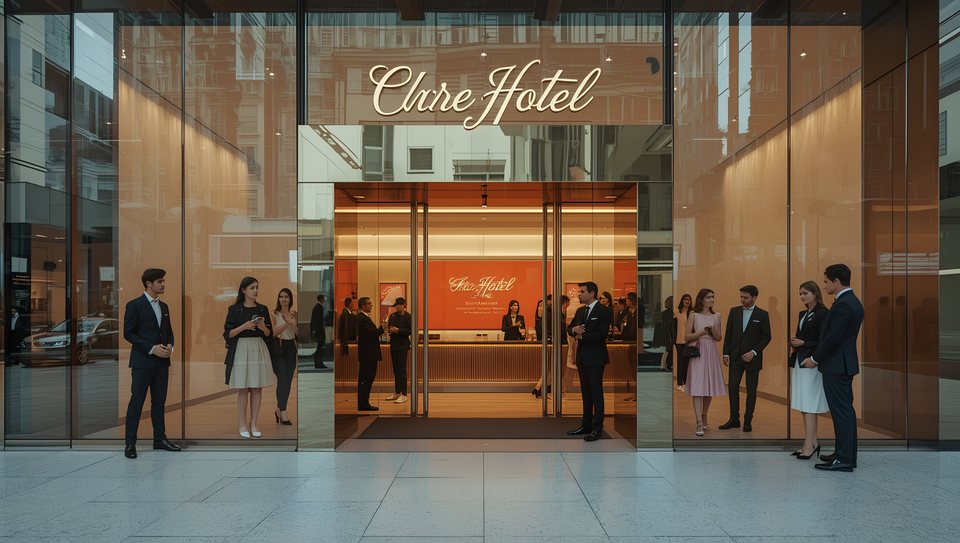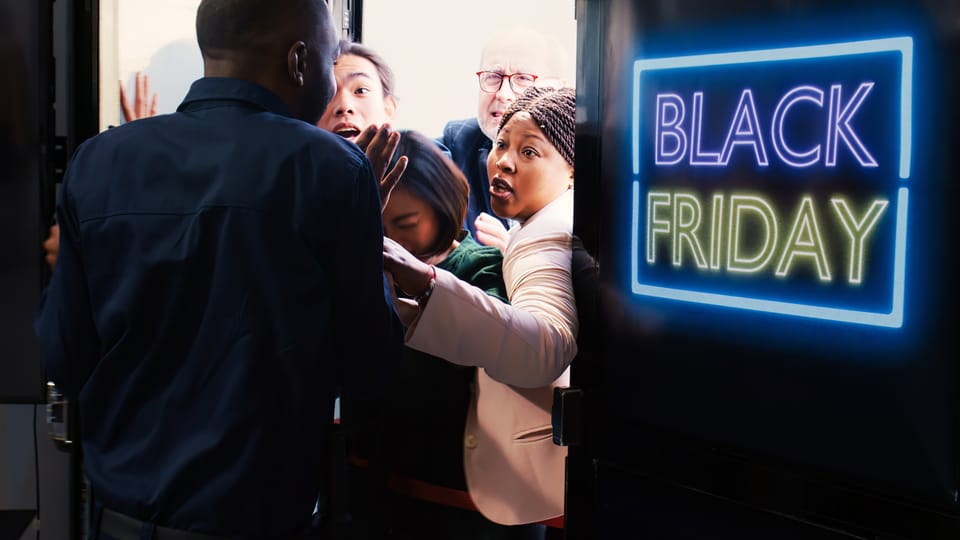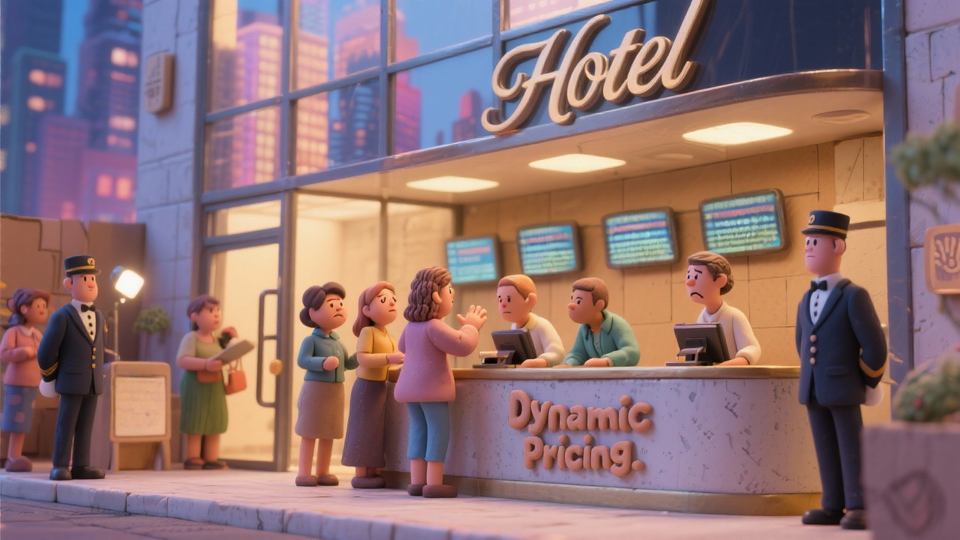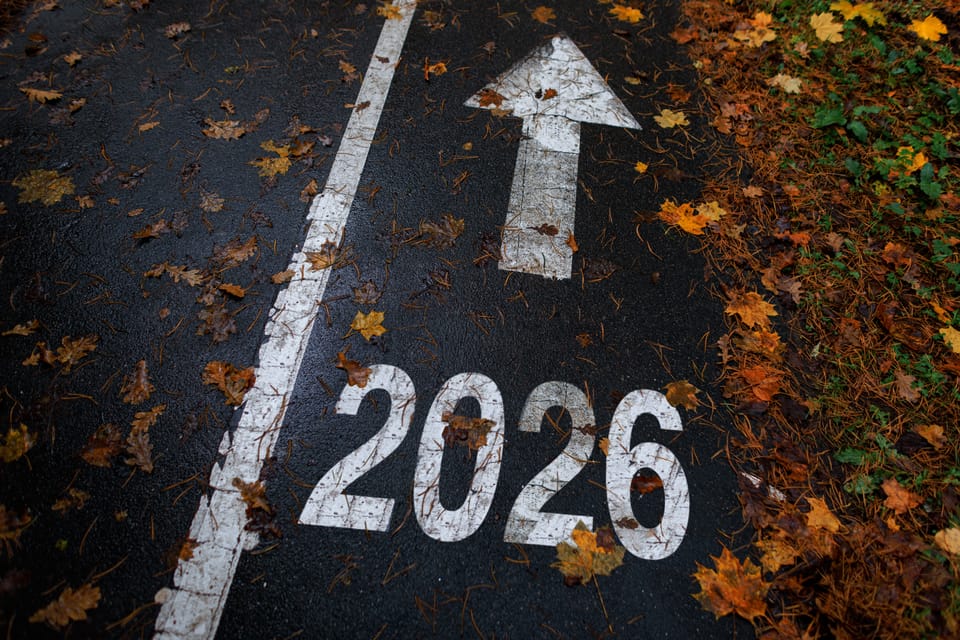Hotel Loyalty Unveiled • Day 5: Loyalty Psychology and the Future
Over the past few days, we exposed the costs, myths, and math behind hotel loyalty. But why, even knowing the truth, do travelers still chase elite status—spending more, sacrificing convenience, and twisting plans for marginal rewards?
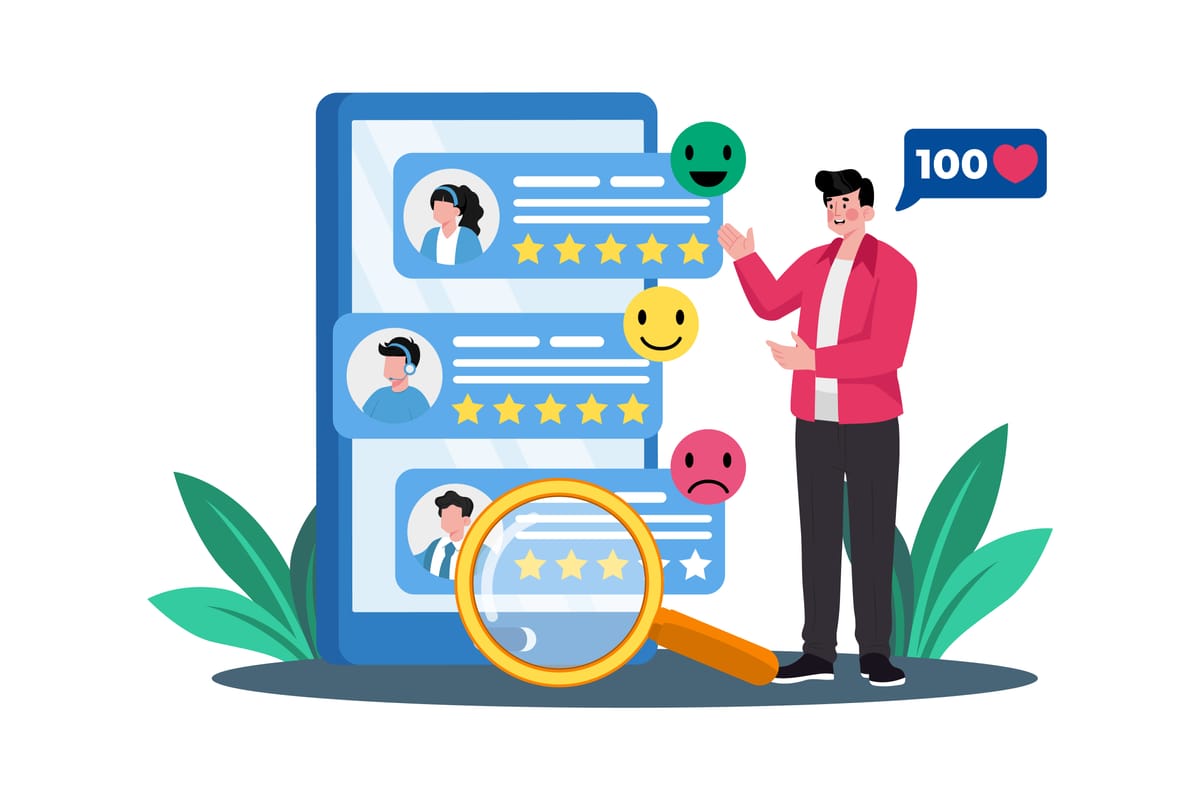
Deep Research Using AI
This epic, nearly 10,000-word beast of an article series was painstakingly conjured up with some Deep Research functionalities. While it may sound incredibly authoritative, well-informed, and even suspiciously insightful, remember—this content is intended for entertainment purposes only. Think of it as the informational equivalent of a late-night Wikipedia rabbit hole: fun, fascinating, occasionally eyebrow-raising, but definitely not something you should bet your house, job, or firstborn on.
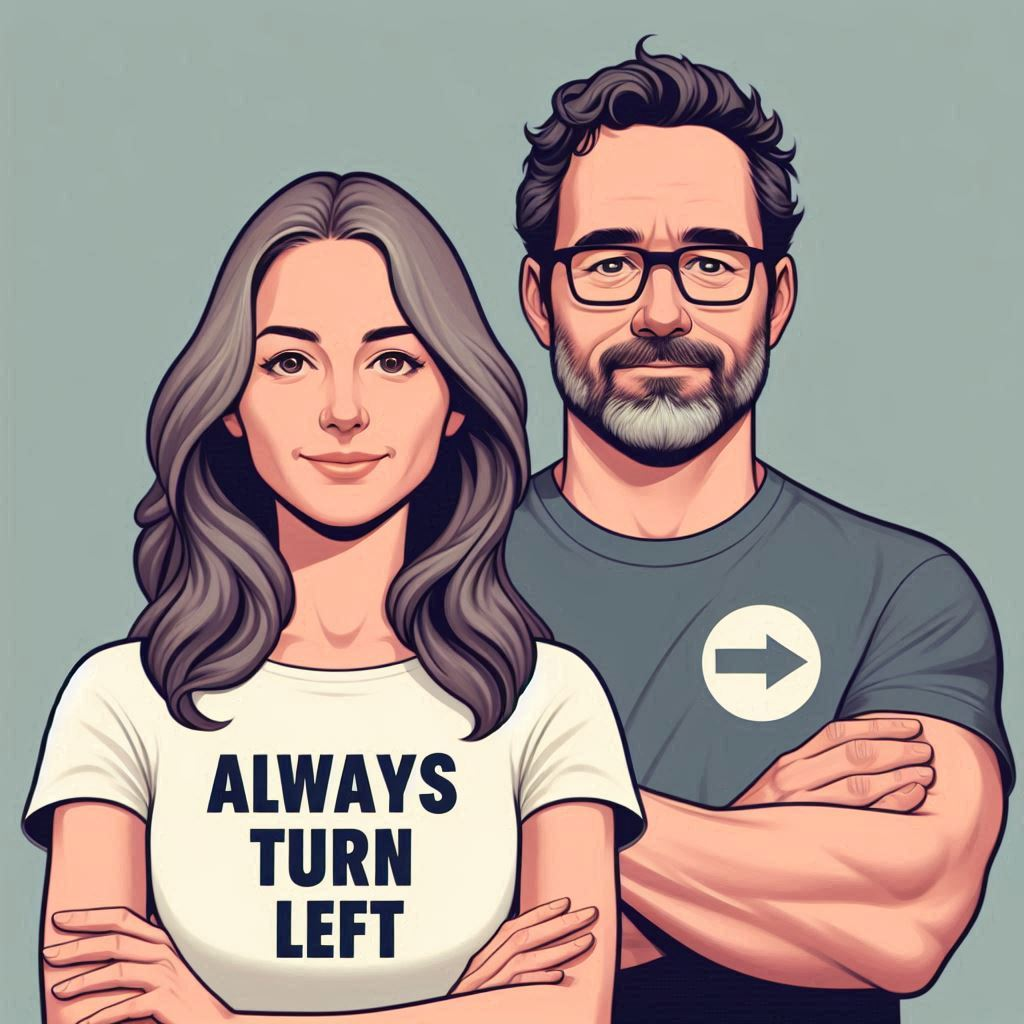
Over the past few days, we have peeled back the layers of hotel loyalty programs: the costs, the math, the myths, and the numbers. But why, even after seeing the cold hard truth, do so many travelers still chase elite status? Why are people willing to spend thousands of extra dollars, sacrifice convenience, or alter their travel plans just to hit a loyalty milestone that often provides marginal returns?
The answer is simple but powerful: psychology.
Loyalty programs are not just about perks and upgrades. They are finely tuned psychological machines built on human tendencies like sunk cost fallacy, loss aversion, social signaling, and achievement addiction. Today, we dive into the hidden emotional forces that drive loyalty—and take a hard look at where these programs are heading in the future.
The Irrational Pull of Loyalty
Sunk Cost Fallacy: Chasing What You've Already Paid For
Imagine this: you've stayed 40 nights at a hotel chain this year. You need 50 nights to reach Platinum status. You know, rationally, that another 10 nights will cost you time, money, and effort. But deep down, a small voice whispers: "You've already come this far. You can't quit now."
That is the sunk cost fallacy at work. Humans hate wasting previous investments. Even if future costs outweigh future benefits, we feel compelled to continue simply because we’ve already invested so much.
In loyalty programs, sunk costs are weaponized. Once you are halfway to a status tier, the messaging changes. You start receiving emails: "Only 10 nights to Platinum!" or "You're closer than you think!" They know you are vulnerable to finishing what you started, even if it no longer makes sense.
Loss Aversion: The Pain of Giving Up
Loss aversion is another powerful force. Studies show that people feel the pain of losing something far more strongly than the pleasure of gaining something of equal value.
Once you have a shiny Platinum or Diamond card in your wallet, the idea of giving it up feels like a personal defeat. Even if you barely used the lounge access, even if upgrades were rare, losing status feels like losing a part of your travel identity.
Loyalty programs know this too. They frame emails and offers with loss-framed language: "Don't lose your benefits!" or "Protect your elite status for next year!" They are not just selling perks; they are selling the fear of loss.
Social Signaling: The Ego Boost
In a world where subtle flexes matter, elite status provides an easy social signal. Telling someone at a dinner party that you are a Diamond Elite or flashing a black loyalty card at check-in scratches a deep psychological itch for status and recognition.
Even if 99.9% of people do not care, the internal ego boost can be addictive. Loyalty programs tap into this instinct by providing elite cards, special check-in lines, and VIP lanyards.
It's not about need. It's about feeling important.
The Gamification of Loyalty
Achievement Addiction
Loyalty programs are designed like video games. Stay 10 nights, earn a badge. Stay 50 nights, unlock Platinum. Complete challenges, win bonus points. The constant stream of milestones, badges, and certificates triggers the same dopamine responses that video games do.
This is no accident. Programs carefully structure their milestones to keep you "leveling up," even when you are burning money and time along the way.
Status Matching: Playing the System
For savvy travelers, one antidote to loyalty addiction is mastering status matching.
When airlines and hotels began offering status matches after travel disruptions, the game changed. Today, it’s common for experienced travelers to hold elite status in multiple programs without being deeply loyal to any of them.
Stay at Marriott, match to Hilton. Stay at Hilton, match to Hyatt. Use each program’s perks opportunistically instead of chaining yourself to one brand.
Of course, status matching has a dark side too. It inflates the number of elites in every program, leading to perk dilution for everyone.
Lifetime Status: Trophy or Trap?
The Allure of Lifetime Elite
Lifetime status sounds like a dream: never having to chase nights again, always enjoying perks forever. In theory, it's the ultimate reward for years of loyalty.
Programs like Marriott Lifetime Platinum or Hyatt Lifetime Globalist offer just that—if you invest hundreds of nights and tens of thousands of dollars over many years.
The Psychological Trap
But lifetime status can quickly turn into golden handcuffs.
Once you achieve it, the thought of leaving that brand feels painful. Even when better hotels, better deals, or better experiences exist elsewhere, you stick to the brand that "earned your loyalty."
You stop choosing based on what's best. You start choosing based on what feels safe.
Credit Cards: Who Really Wins?
Loyalty by Swipe
Credit cards are the hidden engine behind hotel loyalty programs. Banks pay hotels to attach loyalty branding to their cards. Customers pay annual fees for cards that promise upgrades, free nights, and automatic elite status.
On the surface, it looks like a win-win. But in reality, the banks and hotel companies are the biggest winners.
- Banks collect fees and transaction profits.
- Hotels get a steady pipeline of "loyal" customers tied to their brand by card perks.
- Customers often overpay in fees or skew their spending patterns to hit thresholds.
Are You Really Winning?
If you hold a $450 or $695 annual fee card, you need to extract real, quantifiable value every year. Otherwise, you are simply paying for the illusion of loyalty.
Free breakfast and bonus points are nice, but they should not cost you more than their worth. Many travelers could achieve the same experiences—nicer hotels, better upgrades, and flexibility—without paying for a premium loyalty card at all.
The Future of Hotel Loyalty
Dynamic Pricing and Thinning Perks
The next era of loyalty is already here—and it is not necessarily better for travelers.
- Dynamic rewards are replacing fixed award charts. You might pay 30,000 points one night and 80,000 the next for the same hotel.
- Perks are being unbundled. Hilton’s plan to charge for late checkout starting in 2026 is just the beginning.
- Cash+points models are becoming more common, making loyalty math more confusing and less rewarding.
Personalization vs. Predictability
Expect to see AI-driven personalization ramp up. Programs may offer you unique promotions tailored to your behavior. While that sounds appealing, it also means fewer standardized guarantees and more opaque systems where two travelers might get wildly different offers.
The danger? Loyalty becomes less about consistent benefits and more about manipulating spending habits on a per-customer basis.
Part 5 Takeaways: Stay Smart, Stay in Control
Loyalty is not dead—but it is evolving. The days of sticking to one brand for life and being richly rewarded are over. Today’s smartest travelers understand:
- Loyalty should be a strategy, not a religion.
- Brands are loyal to their shareholders—not to you.
- Your nights, your dollars, and your loyalty are valuable assets. Treat them that way.
Enjoy the free breakfasts, club lounges, and occasional suite upgrades. But never let those perks control your choices or blind you to better opportunities elsewhere. The real luxury is freedom—freedom to stay where you want, when you want, without feeling trapped by a points system.
In the loyalty game, the only winning move is to stay the boss.
Series Conclusion: Final Thoughts on Hotel Loyalty
Across five days, we peeled back the polished branding, the promises, and the numbers to reveal the real story behind hotel loyalty programs. We explored how loyalty taps into human emotion (Day 1), how myths about upgrades and perks cloud our judgment (Day 2), how chasing status can waste time and money (Day 3), how the numbers stack up across major brands (Day 4), and finally, how psychology—and the future of loyalty—will shape traveler behavior going forward (Day 5).
The real takeaway? Loyalty can still offer real value—but only if you stay disciplined, question assumptions, and refuse to chase status blindly. Points, perks, and status should enhance your travel, not control it. Smart travelers use loyalty as a tool, not a leash. In a world where everyone seems to have "elite" next to their name, the best move is to stay flexible, value freedom over vanity, and remember who the real boss of your travel experience should be: you.
No matter how many bonus points, milestone emails, or shiny cards you collect, never forget—the best loyalty is to yourself.
In the loyalty game, points fade, perks change, but staying true to your own freedom will always be the ultimate elite status.

